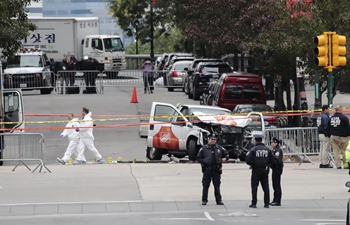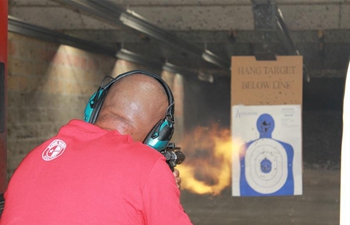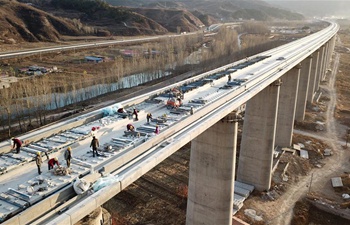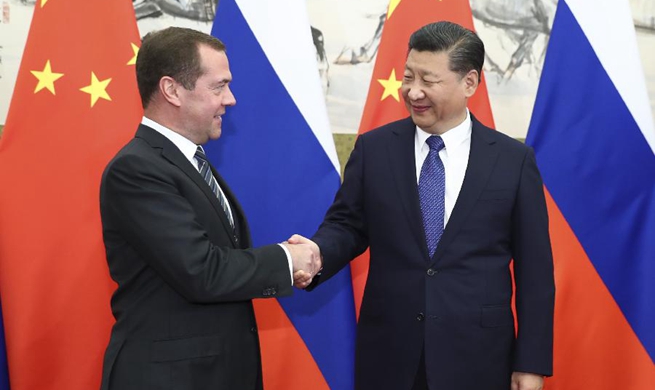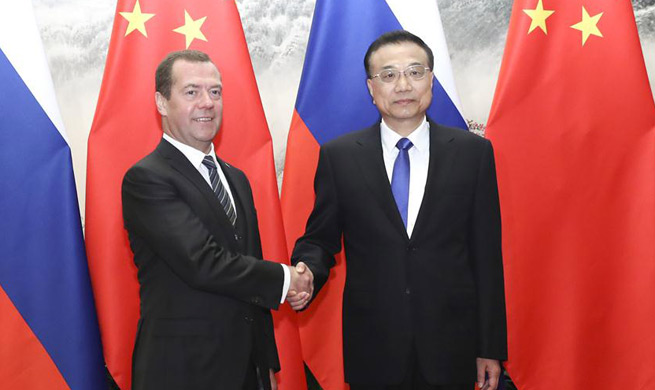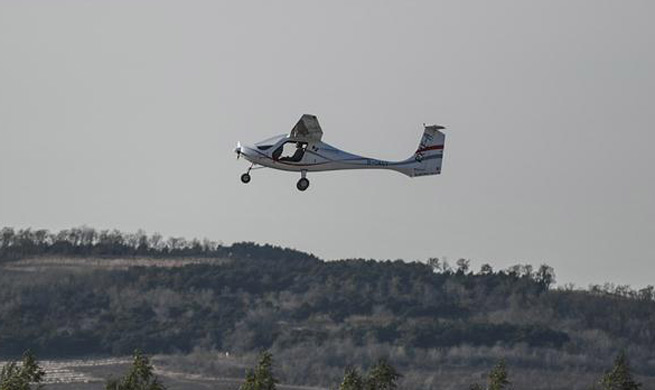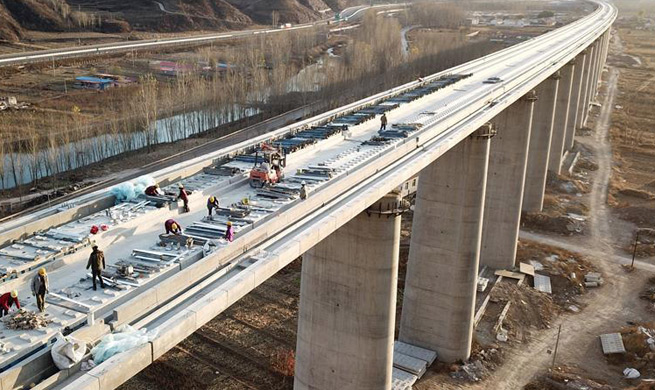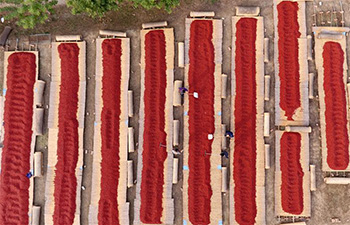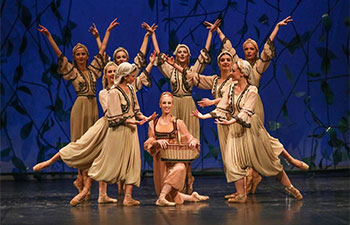URUMQI, Oct. 8 (Xinhua) -- Every weekend, Zeng Yaqi, a scientist at Xinjiang Agricultural University, waits at a race course to attach heart rate monitors to horses.
"In the horse racing industry, all horse trainers have their own 'tricks' to pick and train horses that they never share with others," Zeng said. With advanced technology and equipment, Zeng's team is set to crack those secrets.
Zeng relies on a motion trajectory analysis system, which consists of a high-speed camera and motion trajectory analysis software.
Before each race, the 1,000-frames-per-second camera is installed next to racetracks to collect lateral pictures of the running horses.
"With the help of the software, the movements of each joint of a horse are automatically drawn frame by frame to calculate its stride length, frequency and time, as well as its gait characteristics, such as the stance phase and the swing phase," Zeng said.
Meanwhile, the heart rate monitor can record the horses' heart rate during and after the race and its recovery time to evaluate its aerobic capacity and cardio-pulmonary function.
Horse trainers can arrange targeted training based on the collected data and adjust training intensity according to heart rate records, Zeng said.
"A scientific training strategy can be a shortcut to improve the performance, and value, of racehorses," Zeng said.
China has a long history of horse husbandry and racing, especially among ethnic minorities such as Kazakhs, Mongolians and Tibetans. The country's breeding stock of horses ranks third in the world.
As the horse industry has developed, the goals of horse breeding have moved from working the fields to competitive sports, boosting the market for sport horses. Some Chinese regions have begun to hold regular horse racing events in recent years.
Five years ago, Xinjiang's Zhaosu County, where Zeng usually works, was just grassland. Now it has world-class racetracks, stands that can hold thousands of spectators, and timers with precision down to the millisecond. Zhaosu is part of a nationwide trend.
"For many Chinese jockeys, introducing foreign racehorses and cross breeding are still the main way to improve a horse's performance in a race. But most of the time they underestimate the importance of training," Zeng said.
Without proper training, the potential of a well-bred horse is buried, according to Bapa, a retired champion jockey in Xinjiang.
"Herdsmen have inherited or developed their own training methods such as stretching a horse's neck or wrapping it with a quilt, which I don't quite agree with," Bapa said.
He said high-tech methods are increasingly replacing traditional ones among horsebreakers.
"Our team has found that the Chinese market is in urgent need of scientific horse training methods and related products, which we are working on," Zeng said.




